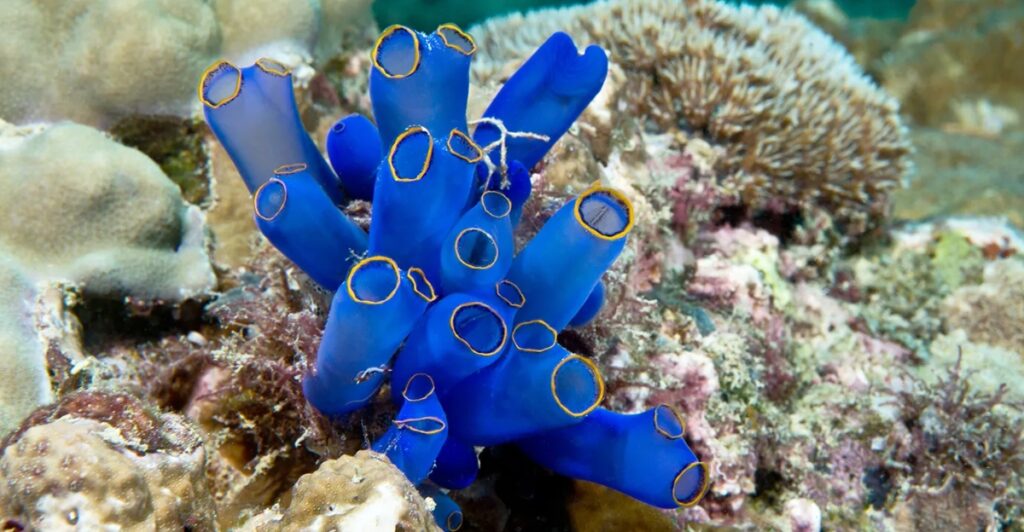
In the animal kingdom, intelligence comes in many forms, some more unexpected than others. While we often associate survival with a brain’s ability to process and respond to the world, there are creatures thriving without one. From jellyfish to sea stars, these are ten clever animals that don’t have a brain.
1. Jellyfish
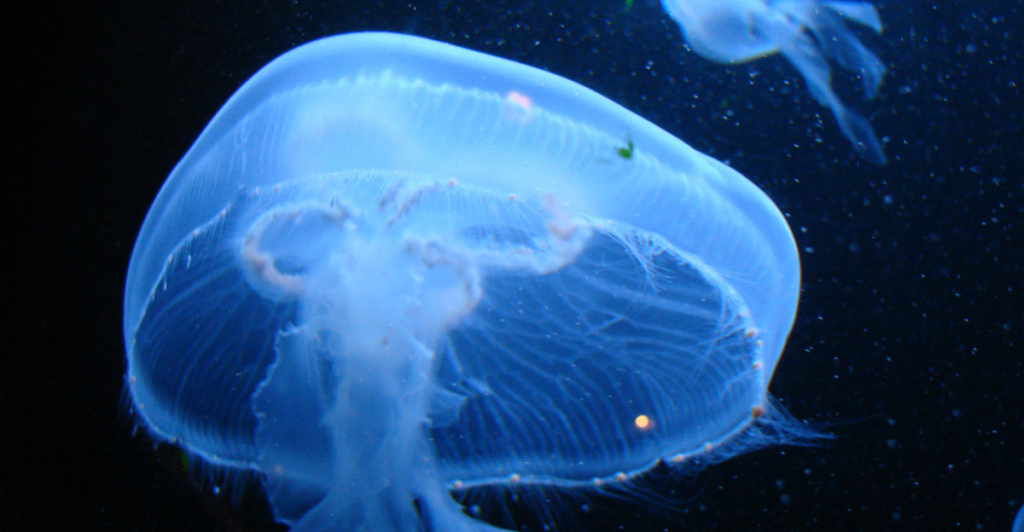
Although jellyfish lack a central brain, they have a network of nerves called a nerve net or nerve ring that allows them to respond to their environment. Remarkably, jellyfish can learn from their experience. They have thousands of neurons in their four eyes, which helps them see changes in light intensity and adjust their swimming direction to avoid predators.
2. Sea Anemones
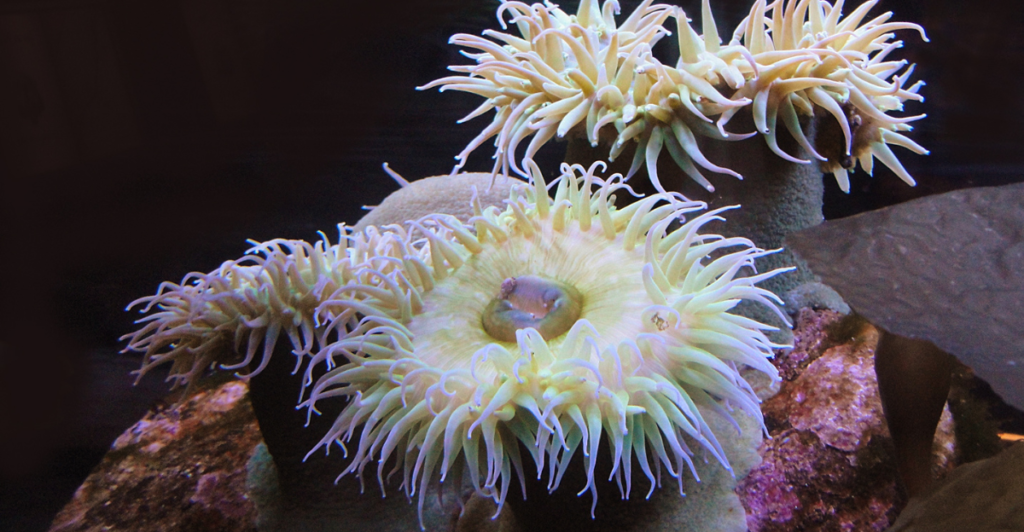
These marine animals resemble plants and use their tentacles to capture prey. Sea anemones have a simple nerve net that helps them react to stimuli in their environment, allowing them to alter their shape and position. Their ability to retract and adjust their tentacles is crucial for feeding and defense.
3. Starfish
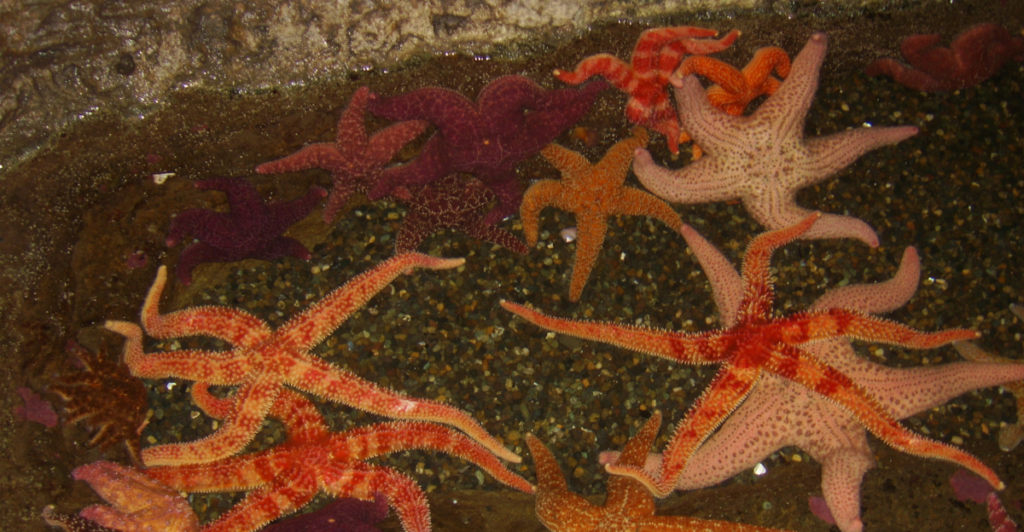
Starfish do not have a brain or any blood in their bodies. Instead, they have a decentralized nervous system that allows them to move through their environment. Each of their arms contains sensory cells that help them detect light and touch, helping them find food and avoid predators. They are also able to regenerate lost arms!
4. Sea Sponges
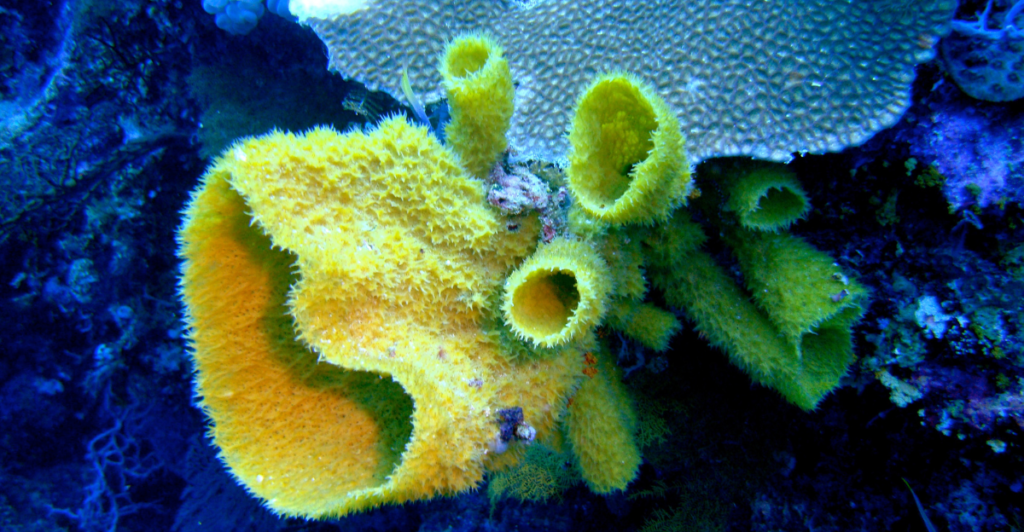
Sea sponges are among the simplest of animals. They lack tissues and organs and rely on a unique cellular structure for survival. They filter water through countless tiny pores in their bodies to obtain nutrients at the cellular level, relying on the movement of water for sustenance. Their survival mechanisms are entirely cellular, exhibiting an ancient form of life.
5. Sea Squirts
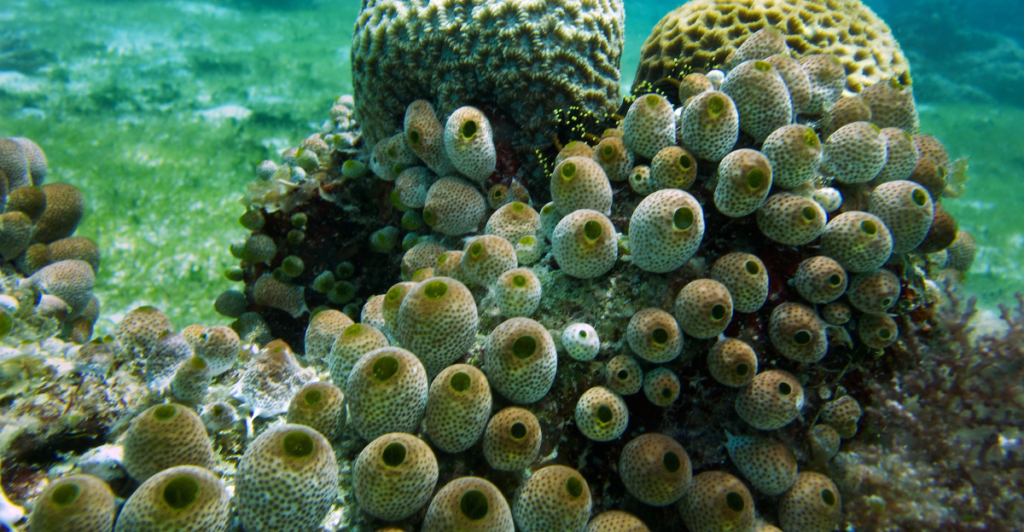
In their larval stage, sea squirts have tiny brains. But during this stage, they are unable to find food or eat. They settle into a spot where they will remain for the rest of their lives and slowly begin to absorb their brains. They then rely on a simple nervous system to ingest nutrients and respond to environmental changes.
6. Corals

Corals are fascinating colonial organisms that thrive without a brain. They have a nerve net that allows them to respond to environmental stimuli and coordinate activities among polyps in the colony. Corals play a crucial role in marine ecosystems by forming reefs that provide habitat for various marine creatures.
7. Oysters
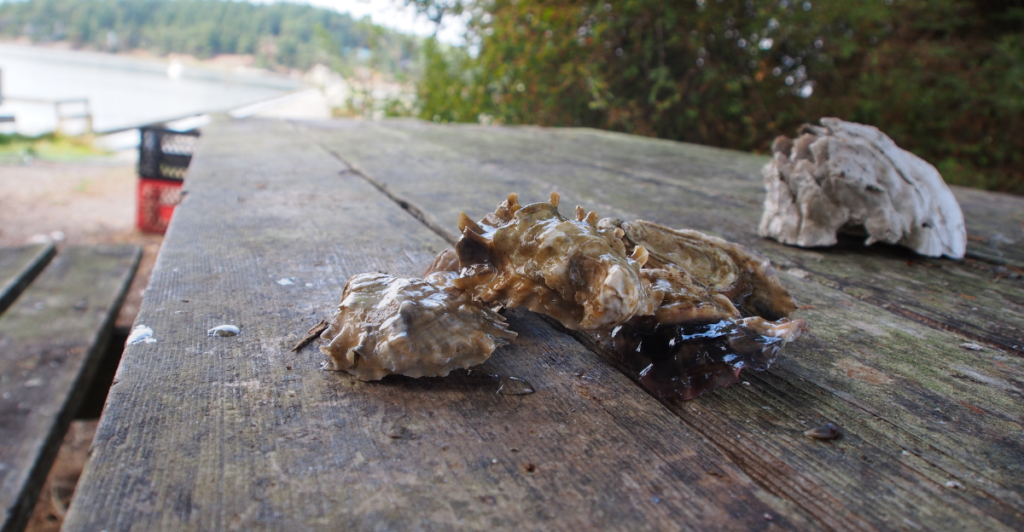
Oysters do not have a centralized brain. Instead, they have a nervous system that enables them to react to their surroundings. They filter water through their bodies, extracting organic particles which they eat. Oysters can filter up to 50 gallons of water every single day.
8. Sea Cucumbers
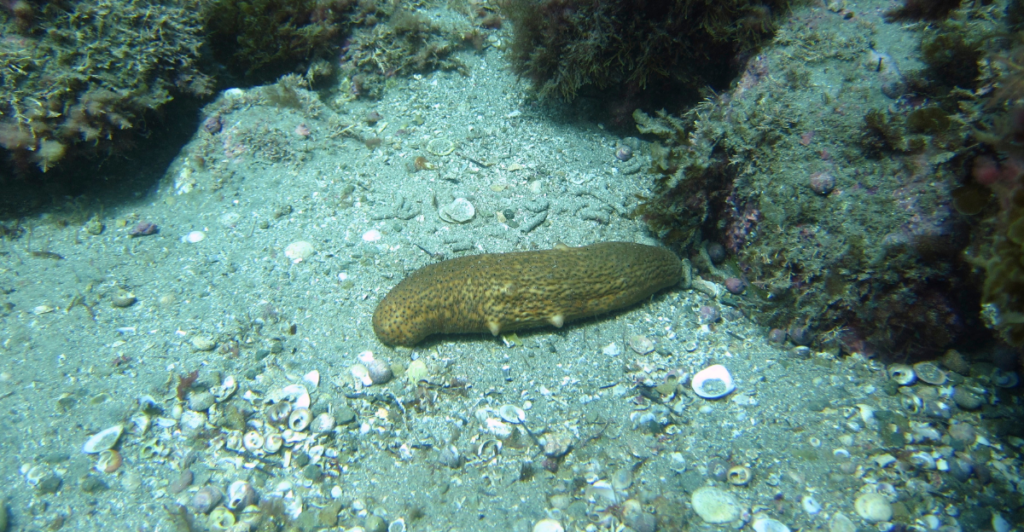
Sea cucumbers are echinoderms that lack brains and complex organ systems. However, they can expel toxic substances as a defense mechanism. They rely on simple nerve networks to navigate their environment and feed on organic particles on the ocean floor.
9. Clams
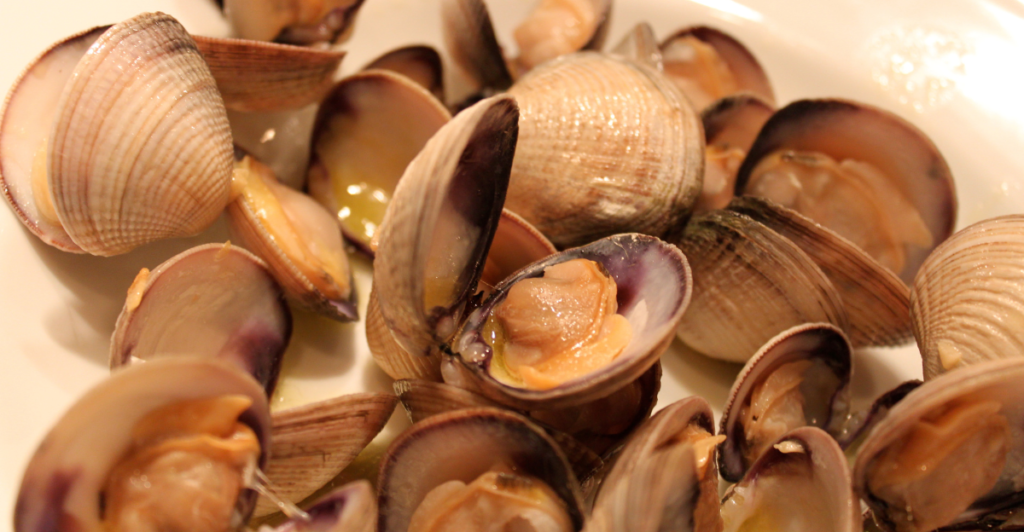
Although clams do not have brains, they do have kidneys, a stomach, a mouth, a nervous system, and a beating heart. Clams have clusters of nerve cells called ganglia distributed throughout their body. These ganglia are used for sensory processing and coordinating basic bodily functions.
10. Sea Urchins
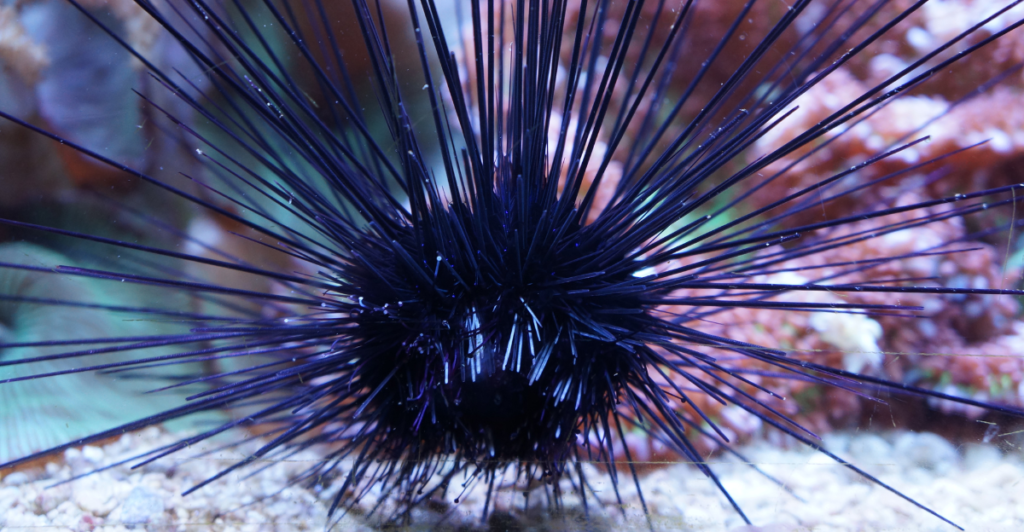
Sea urchins lack eyes but can detect light through photoreceptor cells on their tube feet. Thanks to their decentralized nervous system, they are able to move and function effectively without a central brain. They typically sit on stones, scraping and feeding on algae, which helps keep the ocean clean.
11. Honorable Mention: Man-O-War
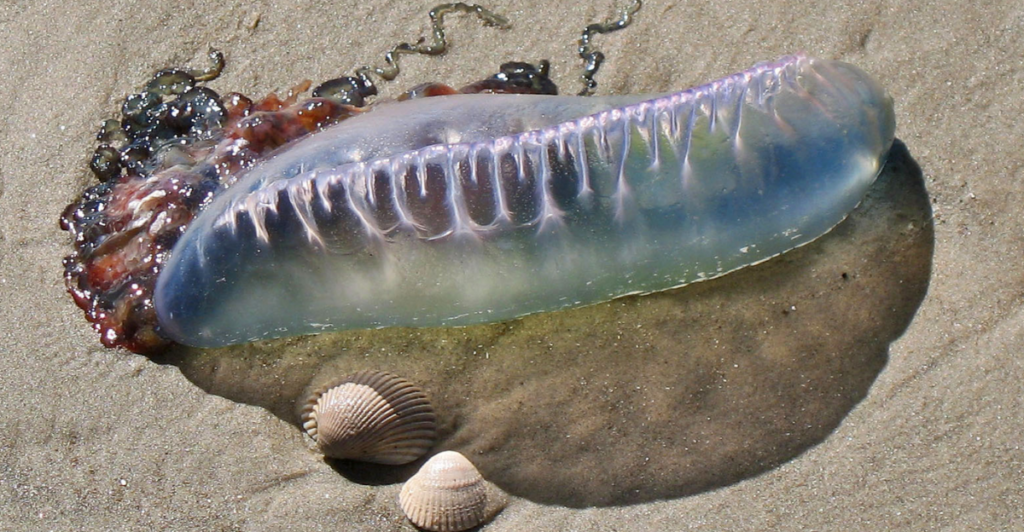
The Man-O-War is often mistaken as a jellyfish, but in reality, it is a colonial organism composed of polyps that perform different functions, such as capturing prey and providing buoyancy. It uses a network of nerve cells distributed across its colony to respond to environmental stimuli, such as threats or changes in its surroundings.
12. Honorable Mention: Sea Lily
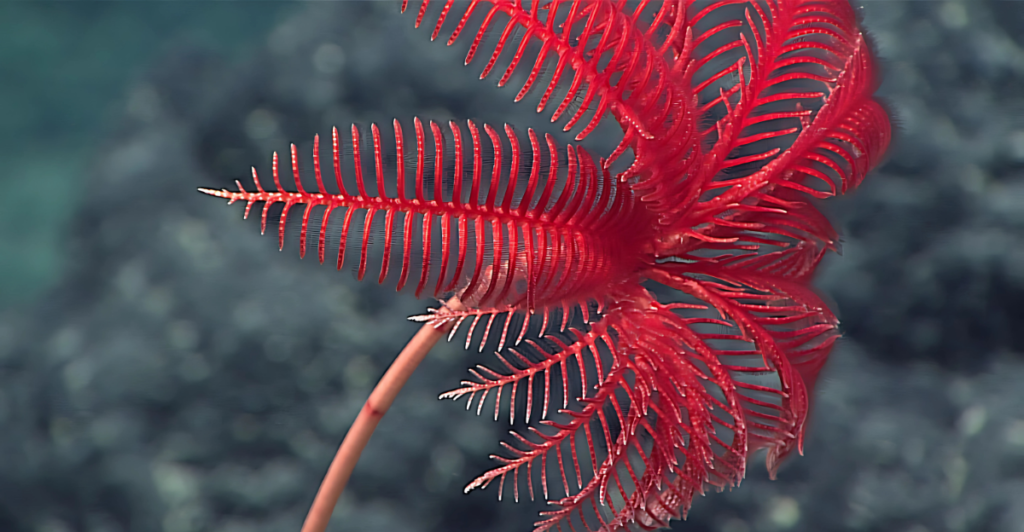
Sea lilies are marine animals that belong to the echinoderm family, closely related to starfish and sea urchins. They anchor themselves to the ocean floor using a stalk and have feathery arms that capture plankton and small particles from the water. Sea lilies lack a brain and rely on a simple nervous system to coordinate their feeding and movement.
Source:
10 Clever Creatures That Don’t Have a Brain
Stay connected with us for more stories like this! Follow us to get the latest updates or hit the Follow button at the top of this article, and let us know what you think by leaving your feedback below. We’d love to hear from you!







